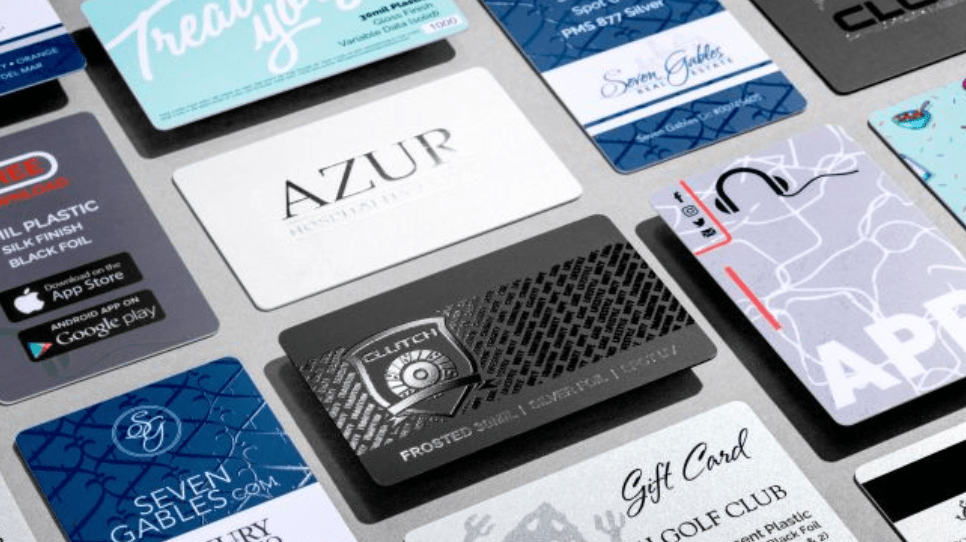In today’s time period, where virtual connections abound, the humble business card remains a timeless tool for making a memorable first impression. A well-designed business card not only conveys essential contact information but also reflects the professionalism and personality of your brand. In this blog post, we’ll explore the key elements and strategies for creating the best business card that will leave a lasting impression on potential clients and contacts.
1. Design with Purpose
The design of your business card should be a reflection of your brand identity and values. Consider incorporating elements such as your logo, color scheme, and typography that align with your brand image. Keep the design clean, uncluttered, and visually appealing to ensure that essential information stands out.
2. Choose High-Quality Materials
Investing in high-quality materials can make a significant difference in the look and feel of your business card. Opt for sturdy cardstock with a professional finish, such as matte or glossy, to convey durability and professionalism. Additionally, consider embellishments like embossing, foil stamping, or rounded corners to add a tactile element that sets your card apart.
3. Prioritize Information
While it’s essential to include necessary contact information such as your name, job title, company name, phone number, and email address, be mindful of space constraints. Prioritize the most relevant information and avoid cluttering your card with unnecessary details. Including a QR code linking to your website or LinkedIn profile can also provide additional value to recipients.
4. Showcase Your Unique Selling Proposition
Use your business card as an opportunity to communicate your unique selling proposition (USP) or value proposition. Consider including a brief tagline or statement that succinctly conveys what sets you apart from competitors and why potential clients or contacts should choose to work with you.
5. Incorporate Interactive Elements
Make your business card memorable and interactive by incorporating elements that encourage engagement. This could include QR codes linking to exclusive content or promotions, augmented reality features, or even interactive designs that fold or unfold to reveal additional information.
6. Keep it Consistent
Ensure consistency across all marketing materials, including your business card, website, and social media profiles. Use the same branding elements, color scheme, and messaging to create a cohesive and recognizable brand identity that resonates with your target audience.
7. Don’t Forget the Back
While the front of your business card is prime real estate for essential information, don’t overlook the back. Consider utilizing this space for additional details such as a brief list of services, a call to action, or a memorable quote that reinforces your brand message.
8. Test and Iterate
Before finalizing your business card design, solicit feedback from colleagues, friends, or industry peers. Test different designs, layouts, and messaging to determine which resonates most effectively with your target audience. Iterate based on feedback to ensure that your business card is optimized for maximum impact.
In conclusion, creating the best business card is a combination of thoughtful design, strategic messaging, and attention to detail. By incorporating these tips into your business card design process, you can ensure that your card makes a memorable impression and effectively communicates your brand identity to potential clients and contacts. So, roll up your sleeves, get creative, and craft a business card that stands out from the crowd!








